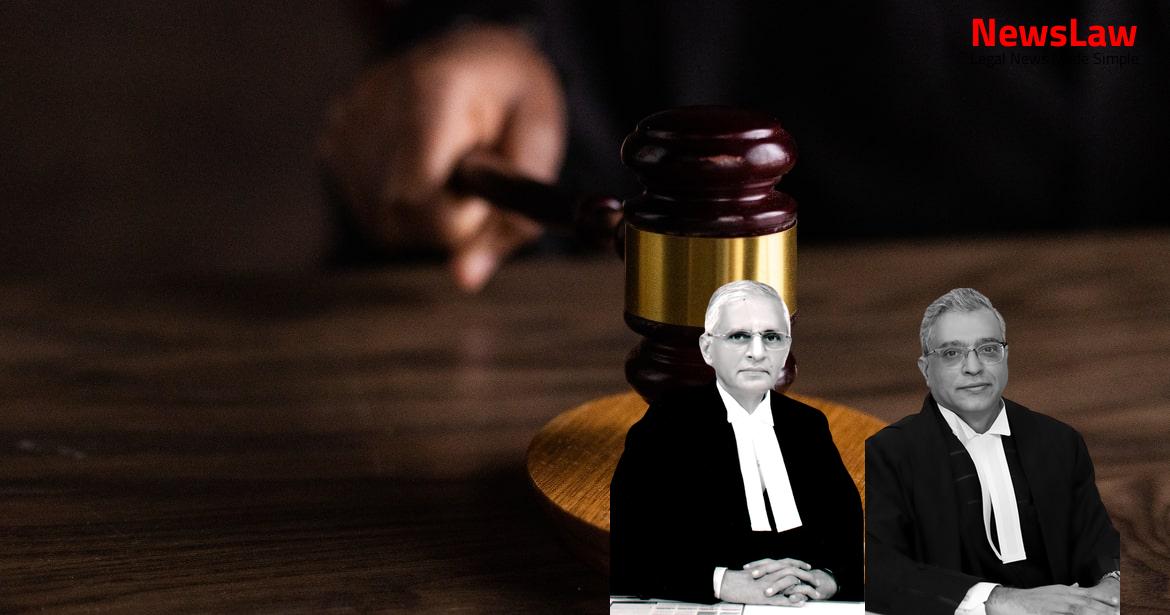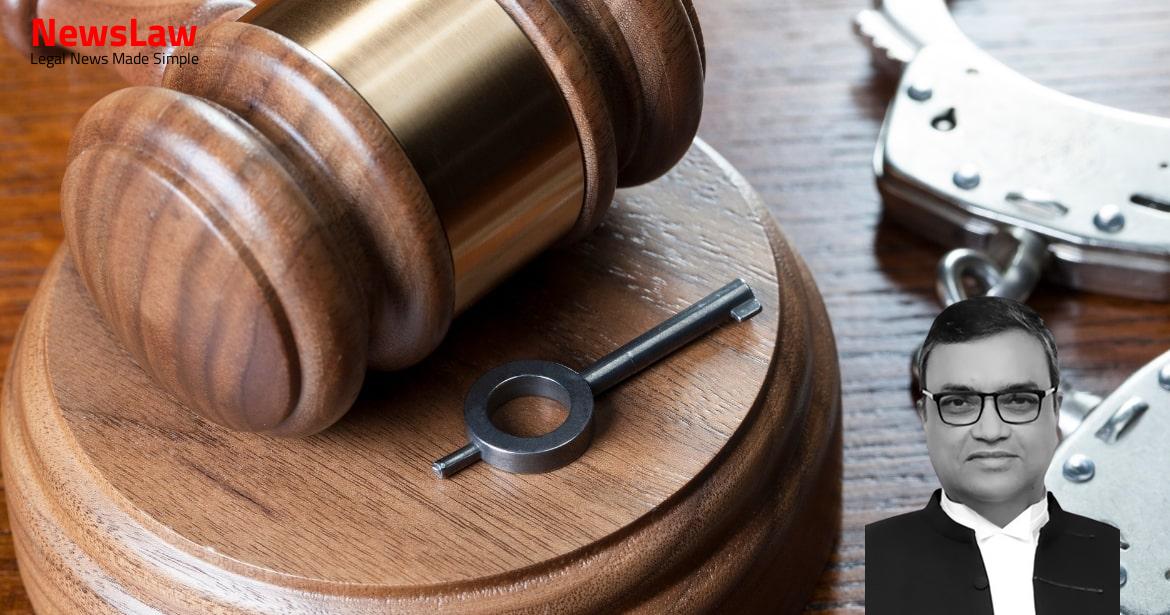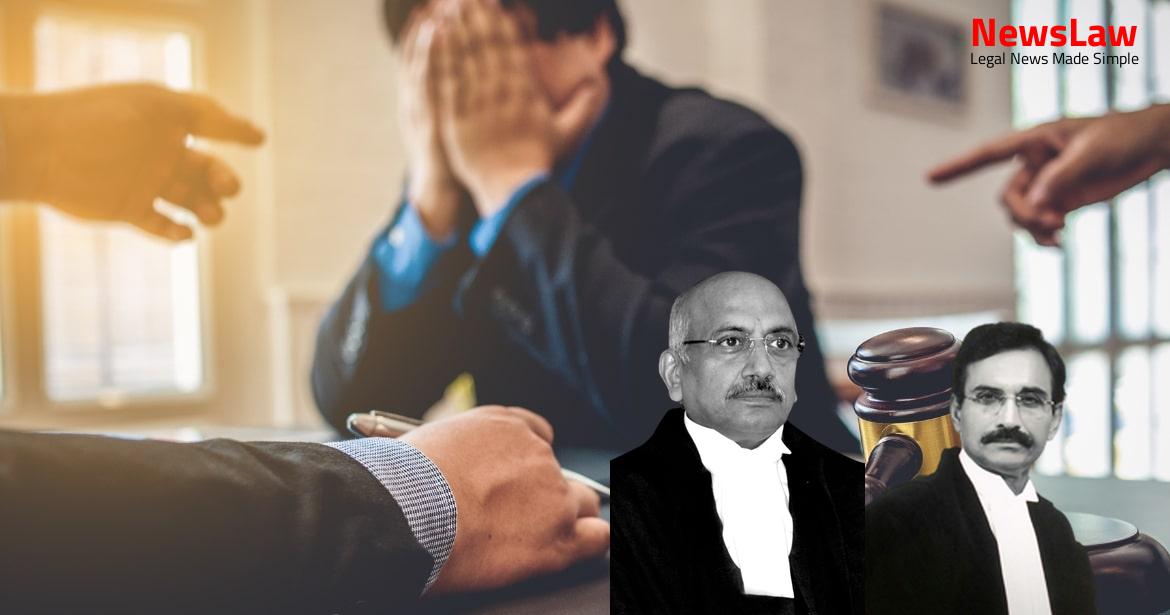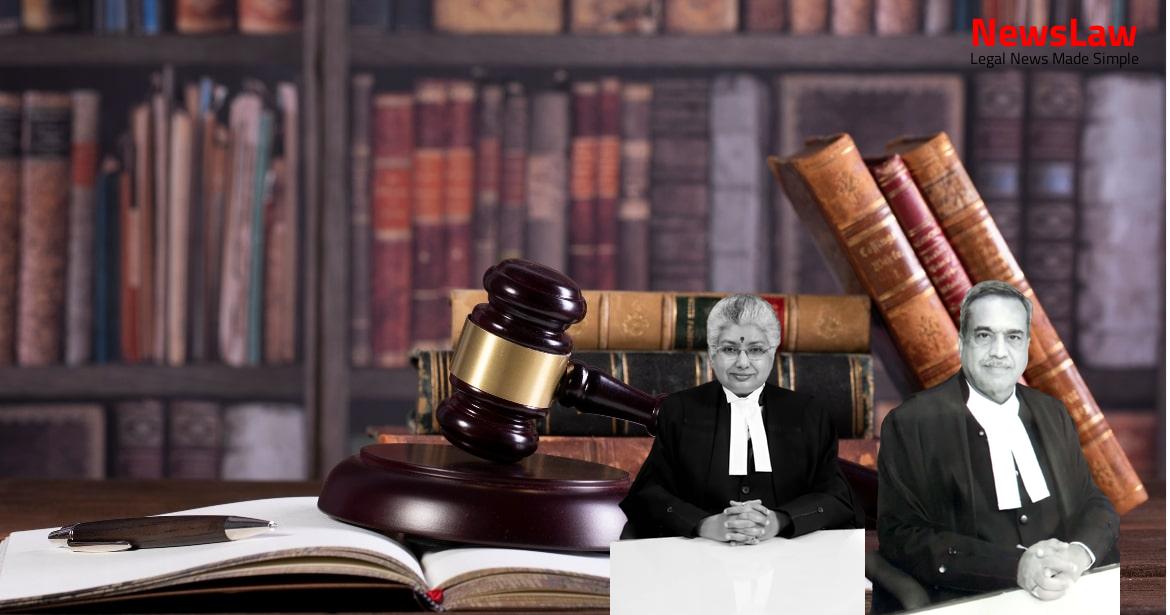Delve into the complexities of partnership law with a focus on a court’s thorough legal analysis in a retirement dispute. Explore how the court assessed retirement claims, partnership agreements, and the implications of partner actions on firm status. Gain insights into the intersection of legal principles and firm dynamics.
Facts
- The partnership firm, M/s. High Clere Stud and Agricultural Farms, was constituted with the object and purpose of breeding livestock and carrying on agricultural activities.
- The loss-sharing ratio was different, with 50% of the losses to be borne by Ranganathan and 25% each by Gopirathnam and Lavakumar.
- Gopirathnam expressed his desire to retire from the firm around the time when the firm was facing tough circumstances.
- The civil suit filed three years after Gopirathnam’s demise sought dissolution of the firm, rendition of accounts, and partition of the firm’s property.
- Legal proceedings were initiated by SBI to recover a loan taken by the firm, naming Gopirathnam as a respondent due to his partnership and guarantee obligations.
- The partnership deed specified that the firm would not be dissolved by the death or insolvency of any partner.
- The civil suit seeking dissolution of the firm was dismissed by the trial court in 2006, leading to an appeal that was later dismissed by the High Court in 2008.
- After Gopirathnam’s death, his legal heirs, who are the appellants, sought their share in the firm’s property through the suit.
- The firm faced financial difficulties, leading to legal actions being taken by parties like Mr. Devdas and SBI.
- Ranganathan accepted Gopirathnam’s retirement and paid him Rs. 20,000 as full and final satisfaction of his share in the firm.
- The High Court held that Gopirathnam signing a loan application form and being made a party to the suit by SBI is immaterial as the suit was decided without any contest.
- The Appellants were required to assert their rights as partners through an overt act, which they failed to do.
- The suit was considered barred by limitation due to Gopirathnam’s retirement in 1973 and the suit being filed 27 years later.
- An interim order was passed directing Respondent Nos. 5-7 to reserve 8 acres of land during developmental works.
- The Appellants’ appeal to the High Court of Karnataka was filed against the Trial Court’s order.
- The Court found that the Appellants lacked locus to claim reliefs under Clause 17 of the partnership deed, as Gopirathnam was no longer a partner at the time of his death in 1997.
- The Appellants failed to provide sufficient evidence to refute Gopirathnam’s retirement or their claim of his signature being fabricated.
- The Court asserted that there is no automatic transition of legal heirs to partnership status after a partner’s death.
- The High Court’s decision on the appeal was made on 22.01.2008, noting Gopirathnam’s retirement during difficult times for the Firm.
Also Read: Judicial Review of Administrative Actions in Educational Matters
Issue
- The High Court framed two questions to decide the appeal
- The first question was whether Gopirathnam retired from the partnership firm due to the letter dated 29.03.1973
- The High Court answered the first question affirmatively, stating that Gopirathnam had retired in 1973
Also Read: Scope of Rule-Making Power in Disciplinary Proceedings
Arguments
- The Appellants contended that no valid retirement had taken place as Gopirathnam’s signature on the retirement letter was different from his other signatures.
- Evidence such as loan applications, bank guarantees, and partnership records indicated Gopirathnam was still a partner after the alleged retirement date.
- The partnership deed allowed retirement with a one-month notice period.
- Counter arguments included concurrent court findings on Gopirathnam’s signature, a communication by Ranganathan confirming Gopirathnam’s retirement, and the immateriality of documents bearing Gopirathnam’s name.
- The doctrine of holding out was mentioned for protection of third parties, not affecting the inter-se relationship of the parties.
- Gopirathnam’s lack of action for account rendition for 25 years was also highlighted.
- Shri Raghavendra S. Srivatsa, AOR, representing Respondents Nos. 1-4, argued that Gopirathnam intended to retire from the Firm based on the postal acknowledgement to Ranganathan’s letter dated 15.04.1973.
- It was contended that the Stud Book Authority’s records should not be relied upon as they inaccurately showed Gopirathnam as a partner in 1998 despite his passing in 1997, and did not include Lavakumar despite him being a partner.
- The argument was made that Gopirathnam had retired during tough times for the Firm, and Ranganathan had played a significant role in reviving and stabilizing the business.
- The Respondents’ counsel emphasized that it would be unjust to allow the Appellants to claim a share in the Firm, especially when it is currently thriving.
- Despite detailed hearings, the case was reserved for orders on 03.08.2022, and subsequently on 01.09.2022, it was disclosed that no settlement had been reached between the parties.
- The Court suggests that the parties should try to settle their disputes amicably, as adversarial litigation often delves into technical disputes over facts.
Also Read: Conviction and Sentencing Analysis in a Criminal Appeal Case
Analysis
- The Court analyzed the term ‘entitled to’ in Clause 17 of the partnership deed, concluding that it does not automatically confer a right but requires a positive act to be asserted.
- The Court held that the Appellants do not become partners of the Firm by virtue of Clause 17.
- The Court observed a lack of evidence regarding Gopirathnam receiving profits after 1973, leading to the inference that he had retired in that year.
- It was noted that the orders to set aside eight acres of land were interim measures to secure the Appellants’ probable share.
- The Court suggested an amicable settlement due to the familial relationship between the parties, considering granting a portion of the land to the Appellants for justice.
- The Court emphasized on the importance of reconciliation and sharing for enduring happiness in a family, highlighting the benefits of amicable resolutions.
- The existence of a contract is necessary for the relationship of partnership.
- This is one of the fundamental principles of partnership law.
- Order beneficial for both Appellants and Respondents in building and reviving family relationships
- Appellants have been contesting the case for over two decades
- Order is limited in scope and will not deprive Respondents of benefits from the litigation
Decision
- The Appellants are entitled to an extent of three acres out of the eight acres of land as per the orders of the Court.
- The Respondents have three months to comply with the directions given.
- The location of the remaining two acres is to be decided by the Respondents.
- The Appellants should be allotted a contiguous piece of three acres, including the one acre leased portion.
- The Firm had leased one acre to M/s Karnataka Dyeing and Processing Company, in which the first Appellant is a partner.
- The Appellants’ allotted land should ideally be abutting the one acre leased portion for continuity.
- Parties will bear their own costs.
Case Title: USHA GOPIRATHNAM Vs. P.S.RANGANATHAN (DEAD) THR. LRS. (2022 INSC 1007)
Case Number: C.A. No.-002741-002741 / 2009



